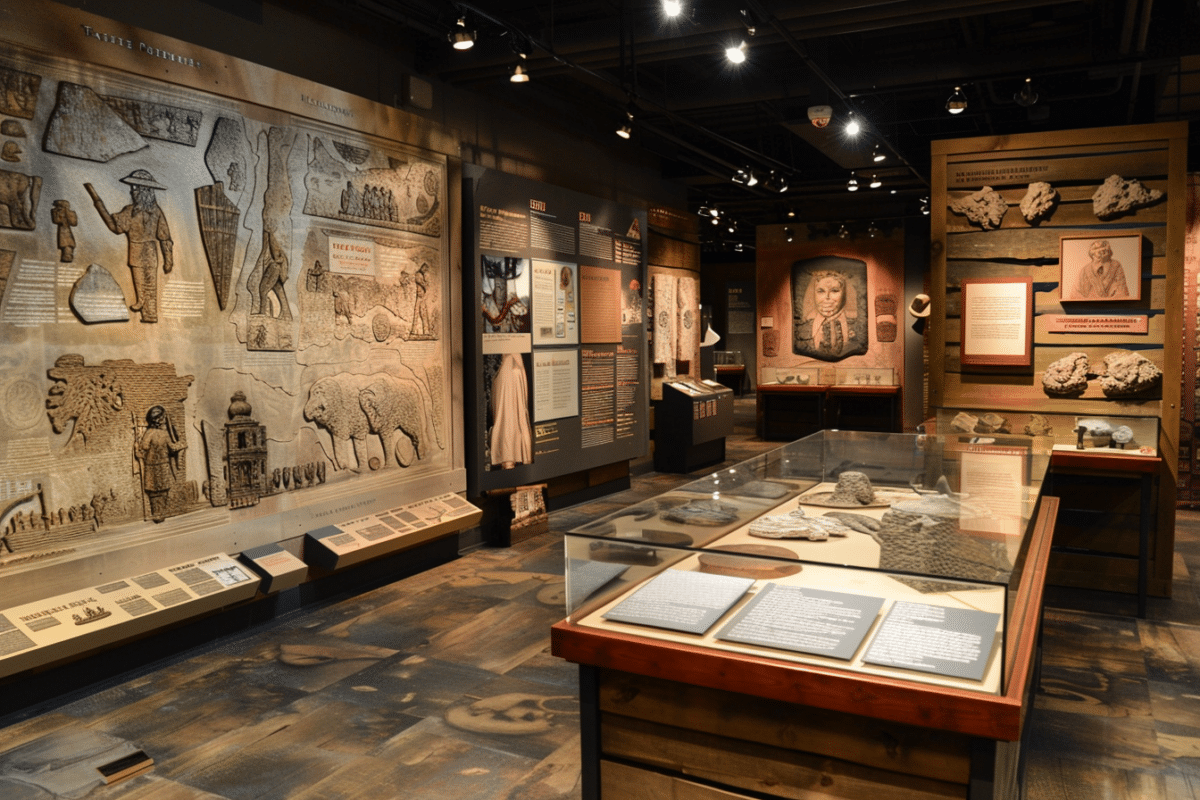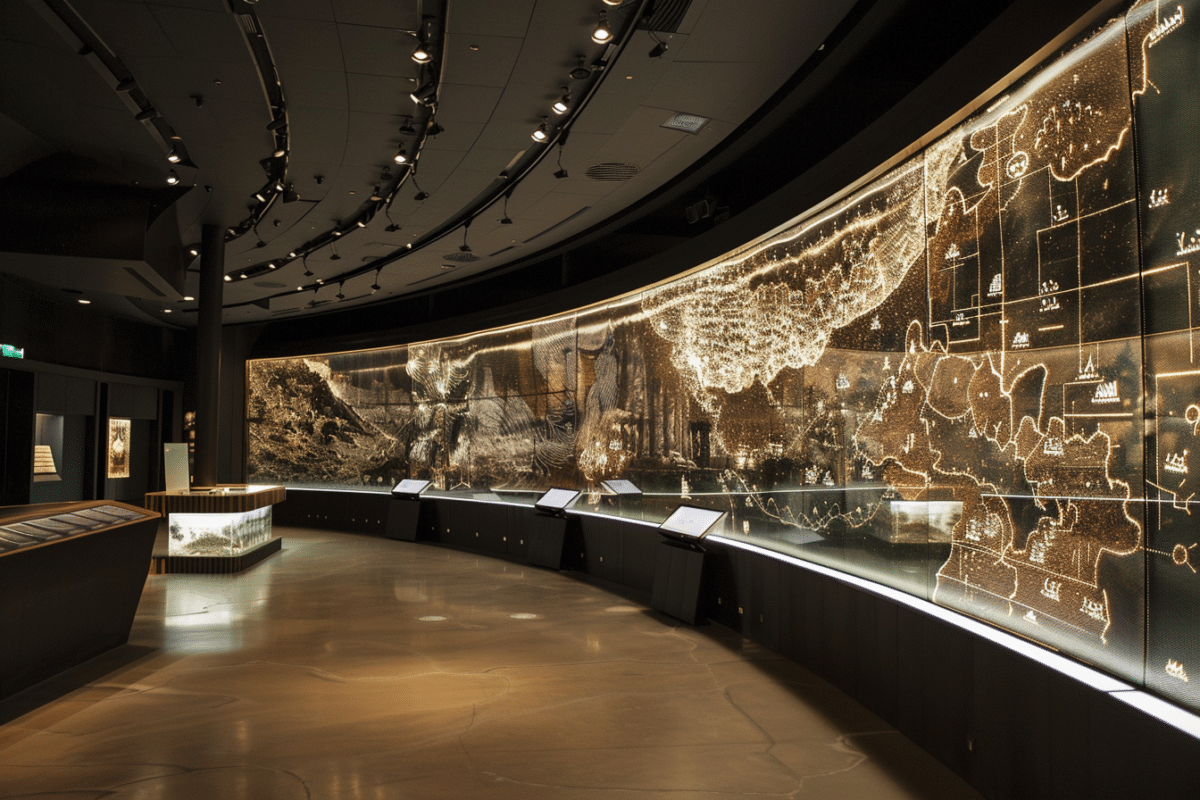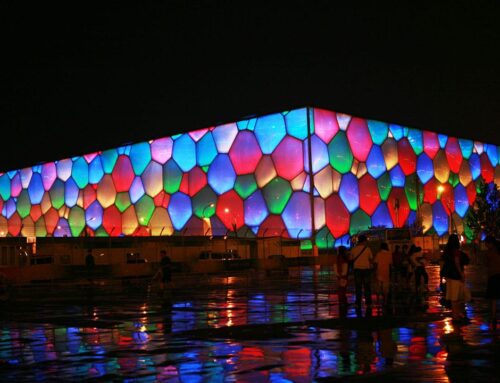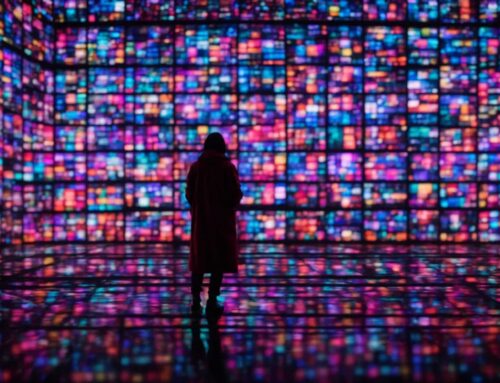Enlightening the Past: The Role of LED Displays in History Museums
In the rapidly evolving landscape of museum exhibitions, LED display technology has emerged as a transformative force. This innovation is redefining how history is presented and experienced, offering both aesthetic and practical benefits.
LED displays allow for more dynamic and interactive exhibits, enabling curators to present historical information in visually engaging ways that captivate and educate visitors. They also provide flexibility in updating content, ensuring that exhibits remain current and relevant.
Understanding the impact of LED displays in history museums can give history buffs, museum enthusiasts, technology innovators, and curators a new appreciation for this fusion of technology and culture.
By integrating cutting-edge LED technology, museums can enhance storytelling, create immersive environments, and ultimately enrich the visitor experience, making history accessible and engaging for all ages.
This synergy between technology and tradition paves the way for a more interactive and insightful exploration of our past.
The Historical Evolution of History Museum Displays
Traditional Exhibition Techniques
Museum displays have come a long way from simple glass cases and static information plaques. Initially, exhibits relied heavily on physical artifacts, labels, and sometimes dioramas to tell a story. These early methods provided valuable educational experiences and a tangible connection to history.
However, while they were effective in their own right, they often lacked the dynamism needed to captivate modern audiences.
Today, museums incorporate interactive elements, digital technology, and multimedia presentations to create immersive environments that engage visitors on multiple sensory levels. This evolution not only enhances the educational value but also makes the learning experience more engaging and memorable.
The Introduction of LED Displays
Enter LED display technology—a true game-changer in the field of museum exhibitions. These cutting-edge displays offer vibrant visuals, dynamic content, and interactive features that traditional methods simply can’t match. Unlike static displays, LED screens can be updated effortlessly, allowing for rotating exhibits that keep the presentation fresh and exciting.
With the introduction of LED displays, museums have gained a powerful tool to engage visitors in new and innovative ways. They can present historical narratives in compelling, visually-stunning formats, bringing stories to life with high-definition imagery and dynamic video content. Interactive features allow visitors to explore artifacts in detail, accessing additional information at the touch of a screen.
Furthermore, LED technology breathes new life into old artifacts, highlighting details that might otherwise go unnoticed and allowing for enhanced storytelling. The flexibility and adaptability of LED displays mean that museums can create immersive experiences that captivate audiences of all ages, making history both accessible and engaging.
Advantages of LED Displays in History Museums
Enhanced Viewing Experiences
One of the most significant benefits of LED displays in history museums is their enhanced viewing experience. High-definition screens allow for detailed images and videos that bring history to life.
Visitors can see artifacts in their original colors, view high-resolution images of delicate items that can’t be displayed physically, and even watch historical reenactments or documentaries alongside the artifacts.
These displays can include interactive elements, such as touchscreens that provide additional information or augmented reality features that offer a more immersive experience.
This technology not only makes history more accessible but also more engaging, allowing visitors to gain a deeper understanding and appreciation of the past.
Artifact Preservation and Conservation
Another compelling advantage is the role of LED displays in artifact preservation. Many historical objects are too fragile to be exposed to light and air for extended periods. Prolonged exposure can lead to deterioration, fading, and other forms of damage that can compromise their historical value.
LED displays allow museums to showcase these items digitally, providing a high-resolution and detailed view that can be accessed by the public without risking the artifacts’ integrity. This approach not only reduces the need for physical handling and exposure to potentially damaging environmental conditions but also enables broader access to these treasures.
Researchers and enthusiasts worldwide can study and appreciate these delicate artifacts through digital means. Digital preservation is crucial for maintaining the integrity of delicate artifacts over time and ensuring that future generations can continue to learn from and enjoy these irreplaceable pieces of history.
Improved Accessibility and Interactivity
LED displays also improve accessibility and interactivity within the history museum space. Interactive screens can provide information in multiple languages, offer zoom features for detailed examination, and include audio descriptions for visually impaired visitors, ensuring that everyone has access to a wealth of knowledge.
Additionally, touchscreens and interactive exhibits invite visitors to engage directly with the content, making the learning experience more personal and memorable. These features can transform a passive visit into an active exploration, where visitors can delve deeper into the subjects that interest them the most. Integrating such technology not only enhances the educational value but also makes the museum environment more inclusive and engaging for all kinds of audiences.
Transforming the History Museum Experience With LED Displays
How LED Displays Enhance Visitor Experience and Engagement
Several history museums have successfully integrated LED display technology, setting new standards for exhibition quality and visitor engagement.
For example, the Smithsonian National Museum of American History has implemented interactive LED displays that allow visitors to explore digital archives, view 3D models of artifacts, and participate in interactive timelines. These displays not only enhance the visual appeal of the exhibits but also provide educational opportunities by offering detailed information and context about each artifact.
Visitors can zoom in on high-resolution images, watch informative videos, and even take virtual guided tours, making their museum experience more immersive and informative. This innovative use of technology has undoubtedly elevated the museum’s ability to educate and engage its audience.
Revolutionizing Museum Exhibits with LED Displays
The transformation is evident when comparing exhibits before and after the implementation of LED displays in history museums. Traditional exhibits often struggled to convey the full context of an artifact, relying heavily on text-driven descriptions that could easily overwhelm or bore visitors. These static displays lacked the ability to engage multiple senses and often failed to capture the imagination.
Now, with the introduction of LED displays, history museums can provide dynamic multimedia presentations that include videos, interactive maps, and detailed digital reconstructions of historical sites and artifacts. These modern tools allow viewers to see artifacts in action, understand their usage, and place them within a broader historical context.
The interactive elements enable visitors to explore topics at their own pace, fostering a more personalized and immersive learning experience. This technological advancement has revolutionized the way audiences engage with exhibits, making the experience far richer, more informative, and significantly more captivating.
Future Trends and Innovations with LED Displays in History Museums
Upcoming Advancements in LED Display Technology
The future of LED display technology in history museums looks promising, with advancements continually pushing the boundaries of what’s possible. Ultra-thin displays, flexible screens, and improved energy efficiency are just a few of the innovations on the horizon. These advancements will allow for even more creative and immersive exhibition designs, enabling curators to showcase artifacts and artwork in ways that were previously unimaginable.
Additionally, the integration of interactive elements and augmented reality features will provide visitors with a more engaging and educational experience. As these technologies evolve, museums will be able to offer more personalized and dynamic presentations, ultimately enhancing the way we experience and understand history and culture.
The Potential for Augmented Reality and Interactive Displays
Looking ahead, augmented reality (AR) and interactive displays are set to revolutionize history museum experiences further. Imagine walking through a museum where LED displays overlay historical events onto the present-day setting, creating a seamless blend of past and present.
Picture AR glasses that provide a guided tour, complete with interactive elements that respond to your movements and interests, offering personalized insights and deeper engagement. These technologies could allow visitors to experience reenactments of historical events, participate in virtual archaeology digs, or even interact with holographic representations of historical figures.
Such advancements have the potential to make history more immersive and accessible than ever before, transforming museums into dynamic, educational playgrounds where learning is both fun and deeply engaging.
Conclusion
The integration of LED displays in history museums marks a significant step forward in how we experience and appreciate our past.
LED display technology transforms museums into dynamic, engaging spaces for learning and exploration by enhancing viewing experiences, aiding in artifact preservation, and improving accessibility and interactivity.
As we look to the future, the continued evolution of LED technology promises to bring even more exciting developments in museum exhibitions. Stay tuned, and keep exploring the wonders of history through the lens of cutting-edge technology.
Take the Next Step with Visualize LED
Ready to transform your museum into a cutting-edge, interactive experience for your visitors?
Contact Visualize LED today to explore how our state-of-the-art LED display technology can elevate your exhibitions.
Whether you want to install interactive displays, augmented reality features, or ultra-thin screens, our team is here to help you bring your vision to life.
Contact Visualize LED today, and let’s work together to make your museum a beacon of innovation and educational excellence!







